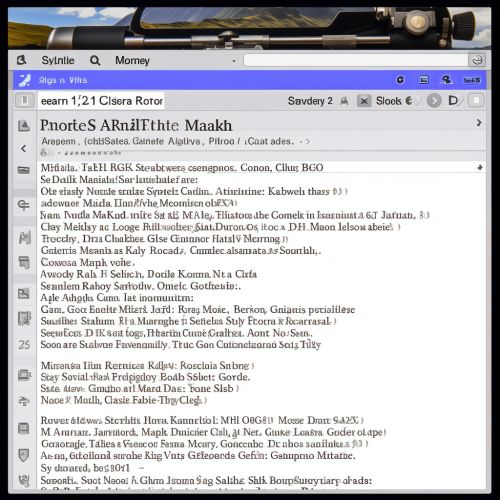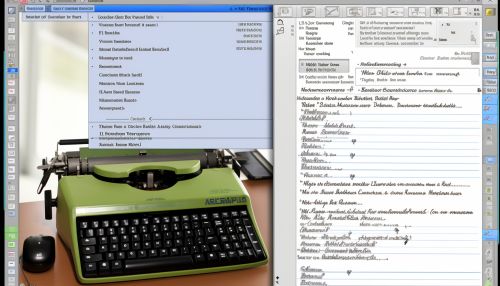IBM Generalized Markup Language
Overview
The IBM Generalized Markup Language (GML) is a set of macros that implement a markup language for the SCRIPT/VS document formatting system. It was developed by IBM in the 1960s and 1970s as a tool for text processing and typesetting. GML is considered a predecessor to today's widely used SGML and HTML.
History
IBM's GML was developed in the late 1960s and early 1970s by Charles Goldfarb, Edward Mosher, and Raymond Lorie, who are often referred to as the "GML heretics". The trio was working on a project to develop a document formatting system for IBM's mainframe computers. The result was the SCRIPT/VS system, which used GML as its underlying markup language.
GML was not initially intended to be a general-purpose markup language. Instead, it was designed to be a simple, easy-to-use tool for creating and formatting documents on IBM's mainframe computers. However, as the language evolved, it became increasingly powerful and flexible, and it eventually served as the basis for the development of SGML in the late 1970s.
Structure and Syntax
GML uses a simple, tag-based syntax. Each tag begins with a colon (:) and ends with a period (.). The tags are used to mark up text, indicating how it should be formatted or structured.
For example, the following GML code:
- Para.This is a paragraph.
Would be rendered as:
This is a paragraph.
In addition to basic text formatting tags, GML also includes tags for creating lists, tables, and other complex document structures. For example, the following GML code:
- Ol.
- Li.Item 1.
- Li.Item 2.
- Eol.
Would be rendered as:
1. Item 1. 2. Item 2.
Influence and Legacy
GML's influence on the development of markup languages cannot be overstated. Its simple, tag-based syntax and powerful formatting capabilities served as the foundation for the development of SGML, which in turn influenced the development of HTML and XML (Extensible Markup Language).
Despite its age, GML continues to be used in some legacy systems, particularly within the mainframe computing community. However, its primary legacy is its influence on the development of modern markup languages, which continue to shape the way we create and interact with digital content.


